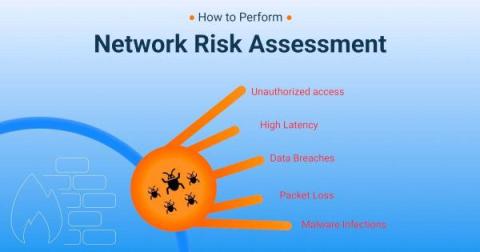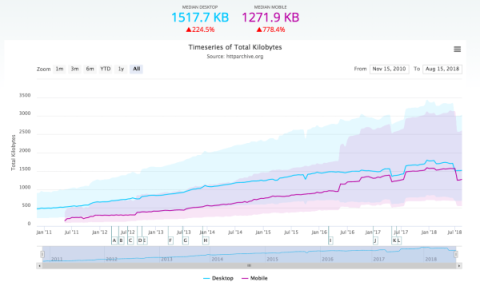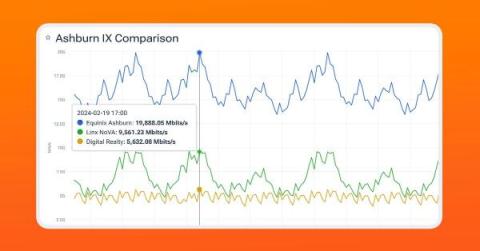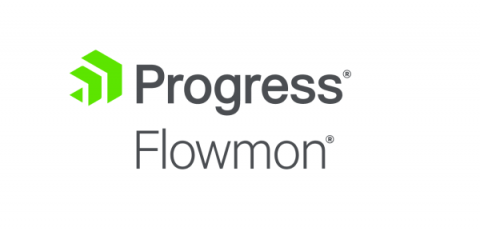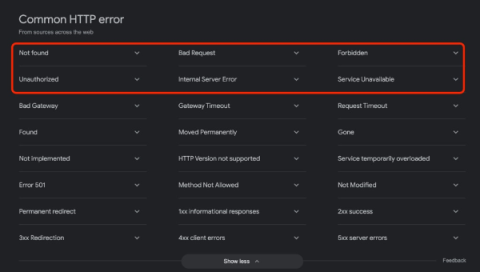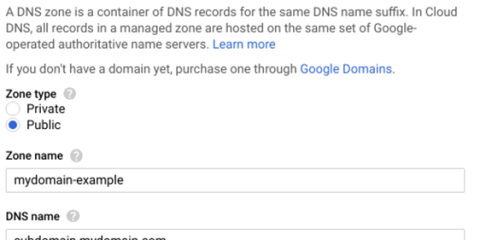Network Risk Assessment: What Is It & How to Perform One
In an era where cyber attacks occur every 40 seconds and ransomware attacks, where hackers demand money to unlock your company’s files, are increasing by 400% each year. This means it's super important for your organization to protect its network. But do you know if you're spending enough resources on checking how safe your network is? Is your network performing well enough to protect from cyber-attacks? Are you monitoring the performance of core network security devices like firewalls?


